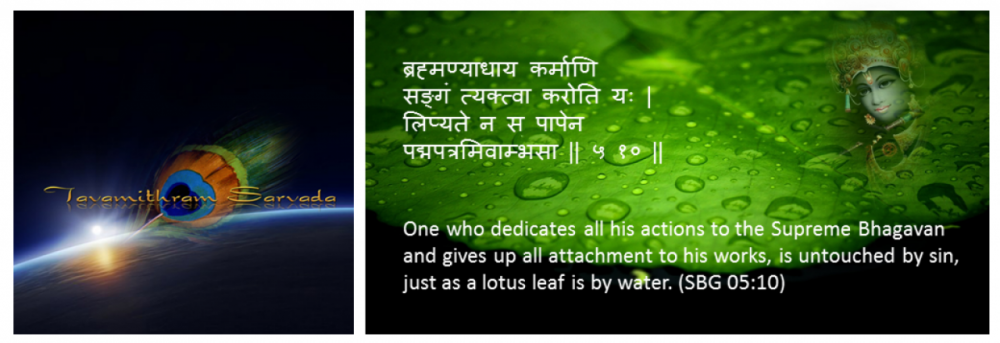Anger Antidote
Unlocking Inner Peace: Exploring Stoic-Vedanta Wisdom on Anger Management
Introduction
In our lives, finding inner peace can often seem like an elusive goal. However, ancient philosophies such as Stoicism and Vedanta offer timeless wisdom that can guide us towards tranquillity and emotional resilience. This blog post is the first of a new series that delves into the synergy of Stoic and Vedantic principles, focusing specifically on the topic of Anger Management.
Exploring Stoic-Vedanta Wisdom
Stoicism, originating in Ancient Greece, emphasises the importance of reason, virtue, and resilience in navigating life’s adversities. Vedanta, the ultimate goal of Vedic studies, explores the nature of reality and the SELF, offering insights into spiritual growth and SELF-realisation. By combining these two profound philosophies, we gain a holistic approach to understanding and managing our emotions, particularly anger.
Anger Management: The First Topic
Anger is a universal human emotion that can disrupt our relationships, hinder our productivity, and harm our well-being. In the first of this new series of videos, we will delve into Stoic and Vedantic perspectives on Anger Management. From practical techniques for controlling anger to profound insights into the nature of the SELF and the mind, we will explore how these ancient philosophies offer guidance for finding inner peace amidst the turmoil of emotions.
Conclusion
Join this journey of SELF-discovery and inner transformation as we explore the wisdom of Stoicism and Vedanta in the context of Anger Management. By integrating these ancient teachings into our lives, we can cultivate greater emotional resilience, and clarity of mind, and, ultimately, experience lasting inner peace. Stay tuned for more insightful discussions on Stoic-Vedanta topics in the upcoming posts!



